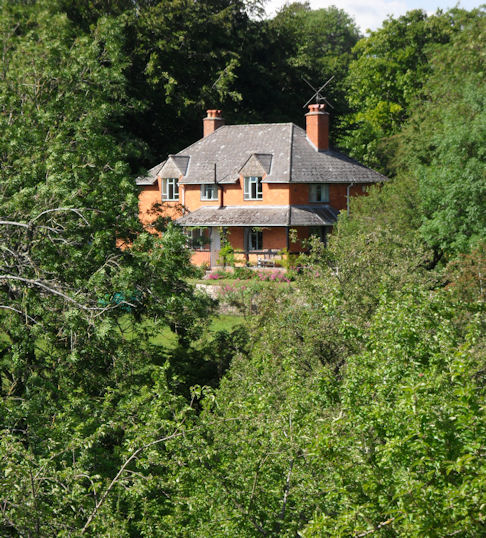PAGE



In 1939 Leslie Martin had been appointed Principal Assistant Architect to the London, Midland & Scottish Railway, occupying the post throughout the War, designing emergency wartime buildings. In 1947 when Jack obtained his R.I.B.A. Final examination he became an Assistant in the L.M.S. Railway's architect's office planning new railway stations. He claimed to have designed four stations, including one for Blaenau Ffestiniog, 'none of which were built'. In 1948 he was elected an Associate of the R.I.B.A. and in 1949 when Leslie Martin was appointed Deputy Architect to the London County Council (L.C.C.) Jack went with him as an Assistant Architect. During his time with the L.C.C. Jack was part of the team of architects, led by Leslie Martin, which designed the Royal Festival Hall. Another major project for the L.C.C. was a Comprehensive High School at Holloway in 1951 and in 1955 he was an Assistant in the office of the Architect to the North West Metropolitan Hospital Board planning the Queen Elizabeth Hospital, Hatfield.
Leslie Martin had succeeded Sir Robert Matthew as L.C.C. Architect in 1953. He was appointed to the first Chair of Architecture at Cambridge University in 1956 and held that position until he retired in 1972, maintaining an architectural practice alongside his academic work. He was knighted in 1957 and was a Fellow of Jesus College from 1956-1973 and an Honorary Fellow from 1973 until his death in 2000. With his wife Sadie, he occupied a house and studios they had built in a converted mill in Great Shelford. This was home to a number of Arthur Jackson paintings and Jack and Leslie Martin kept in touch throughout their lives, both reaching the age of 91.

Jack was married in 1951 to Anne Scott-Stokes (born 1922). In 1957, they moved their two young children from London to Somerset. After a short time in a private architectural practice in Bath, where their third child was born, Jack became architect to Clark, Son & Morland Ltd. of Glastonbury (Morlands Sheepskin) - his wife's family firm.
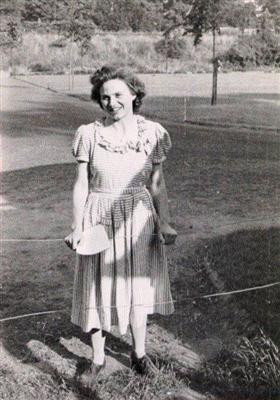
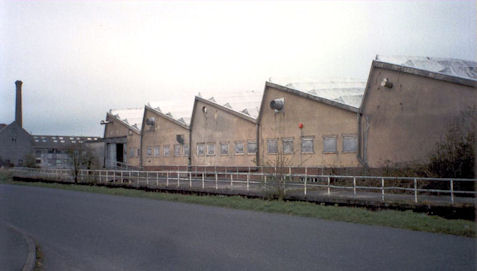
He also built seven distinctive private houses during this time which clearly echoed constructivist themes and justified his thought that architecture would be a logical progression from his artistic preoccupations.
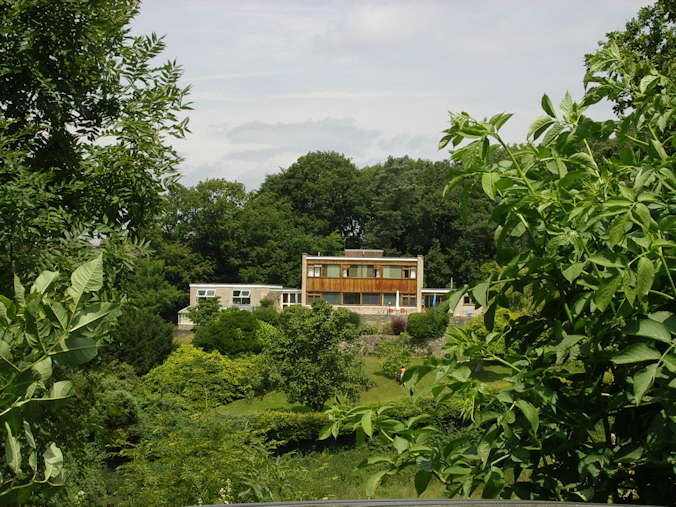
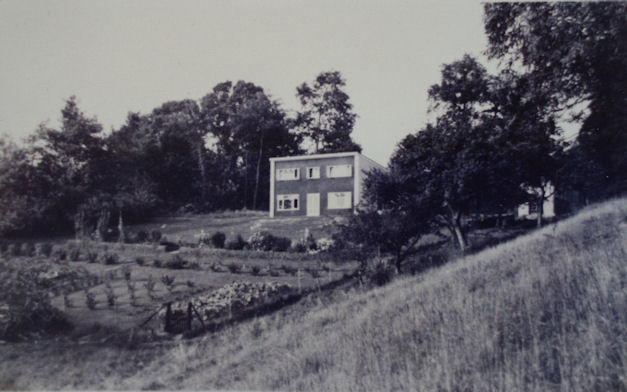
Jack designed and supervised the building of factory buildings including the 'O' block on the Glastonbury site and the Morlands factories at Redruth and Highbridge.
Next page: House at Glastonbury built for HM
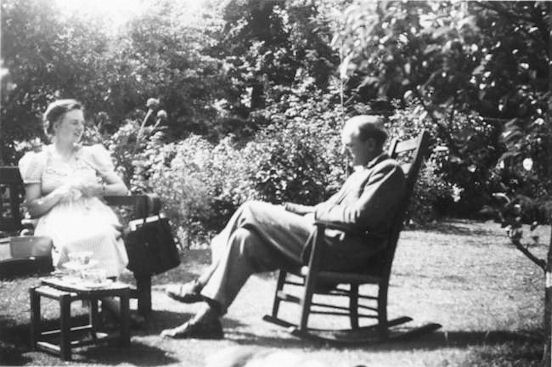
From 1959 for the rest of their lives Jack and Anne occupied this house in Glastonbury which had been built for Anne's parents and had been her childhood home.
